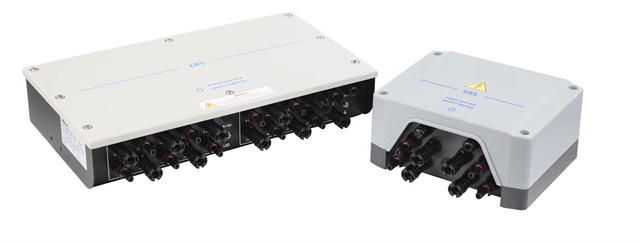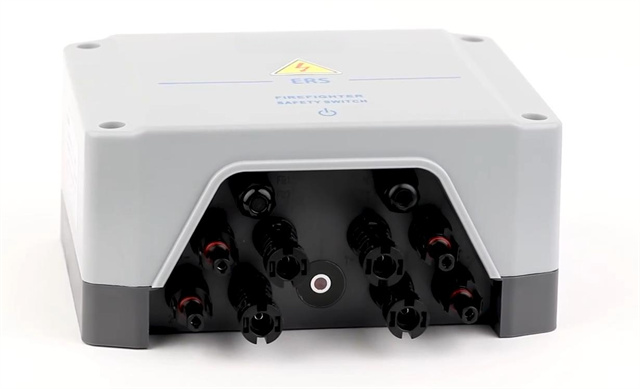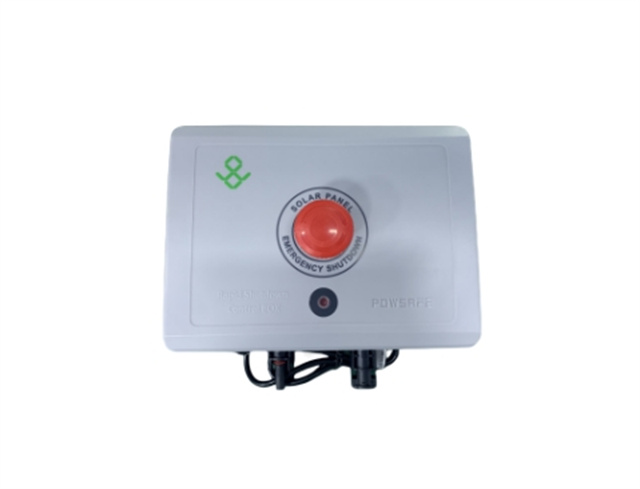Author:BLD Solar Energy SystemFROM:Solar System Converter Manufacturer TIME:2023-11-06
The installation of a rapid shutdown switch is a crucial step in ensuring the safety and functionality of a solar PV system. This guide aims to provide a comprehensive overview of the installation process, covering important aspects and considerations.

Before proceeding with the installation, it is essential to have a clear understanding of what a rapid shutdown switch is. This switch is designed to quickly shut down the flow of electricity from a photovoltaic system to protect the safety of emergency responders during a fire or other dangerous situations.

Selecting the appropriate rapid shutdown switch for your solar PV system is vital. Consider factors such as voltage and current ratings, compatibility with the inverter, and compliance with local codes and regulations. Consult with professionals or refer to manufacturer guidelines to ensure the switch meets all necessary requirements.

The next step is determining the ideal location for installing the rapid shutdown switch. It should be easily accessible and positioned close to the array. Mounting the switch on a sturdy surface, such as a wall or disconnect box, is recommended. Ensure sufficient ventilation and protection from weather conditions.
Proper wiring and connections are crucial for the safe and effective operation of the rapid shutdown switch. Follow the manufacturer's instructions carefully to connect the switch to the solar panels, inverter, and other relevant components. Use appropriate wiring materials, such as copper or aluminum conductors, and follow industry best practices.
Grounding plays a vital role in the safety of a solar PV system, and the rapid shutdown switch is no exception. Ensure proper grounding of the switch by connecting the ground wire to an appropriate grounding electrode. Follow local electrical codes and regulations to maintain safety standards.
Once the rapid shutdown switch is installed, it is essential to perform thorough testing and verification. Test the switch's functionality by activating it from multiple locations and ensuring the immediate shutdown of power. Verify that the switch is properly integrated with other safety mechanisms and that all connections are secure.
Completing documentation and labeling is a crucial part of the installation process. Document the installation details, including switch specifications, wiring diagrams, and any modifications made. Label the rapid shutdown switch clearly to inform emergency responders about its location and purpose.
Maintaining the rapid shutdown switch and conducting regular inspections is essential for long-term performance and safety. Create a maintenance schedule to check for any signs of wear, loose connections, or damage. Perform routine inspections as recommended by the manufacturer and comply with local regulations.
The proper installation of a rapid shutdown switch is a critical step in ensuring the safety and effectiveness of a solar PV system. By following this installation guide and adhering to local codes and regulations, you can contribute to the seamless operation of your solar energy system while prioritizing the safety of emergency responders and the overall community.
